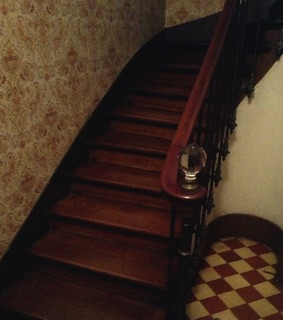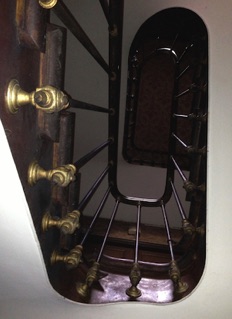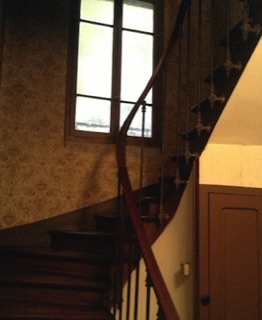Original State
The Ground Floor when we bought the house had the following layout. The front door off Rue Gambetta led up a couple of steps into the front hallway, and then straight ahead through an internal double-door into the rear hallway and out the back doors onto the back verandah and into the garden. Off the front hallway was the living room on the right and the kitchen on the left. Along from the kitchen on the left of the hall was the ground floor toilet, and beyond that the stairwell to the upper floors. A door in the stairwell opened to the stairs going down to the basement. Off the rear hallway was a sitting room with piano on the right and a room on the left that was being used as a ground-floor bedroom by the aged mother who was the last person to live at the house. Leading out of the kitchen and behind the stairwell was a laundry area (situated in a lightwell that rose to the roof two floors above, but with a temporary roof above the ground floor level) with also contained a shower for the use of the aged mother, and another toilet room. Behind the laundry was a storeroom that opened onto the verandah at the rear of the house.
GROUND FLOOR - OLD
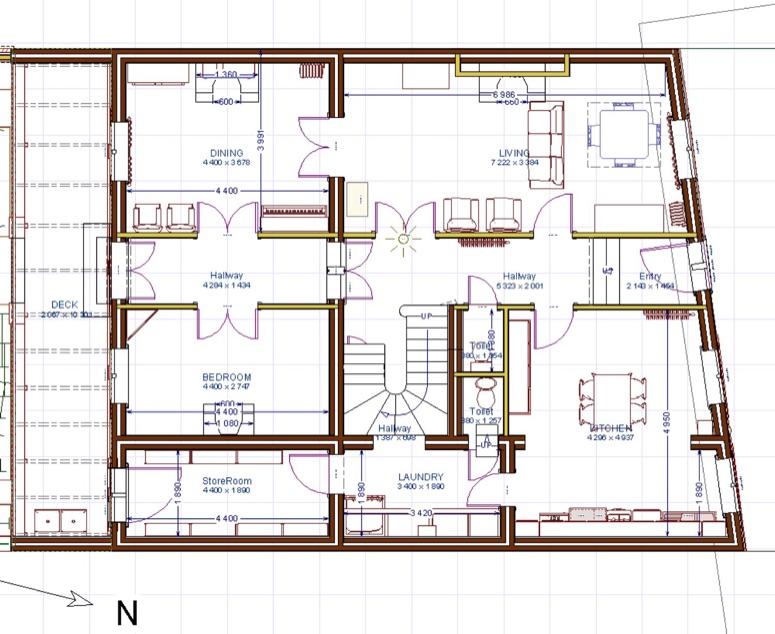
When the house was purchased, the ground floor was in reasonably good condition, and could have been lived in immediately. It had an olde-worlde charm, and some rooms clearly showed that the house had been built with attention to detail. Marble fireplaces, with elaborate mirrors, were in three rooms. High ceilings with cornices and dado walls gave a spacious appearance.
The front entrance had a very appealing look to it, with the diamond floor tiles and the wooden doors with frosted glass giving a sumptuous old-world feeling. The hat&cane rack looked like it had been especially staged for the photo (but turned out to just be the way the house was). The rear hallway was equally appealing.
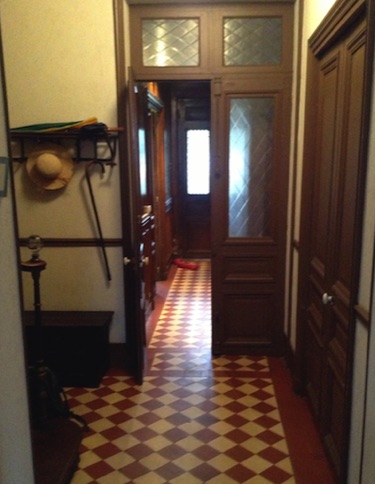
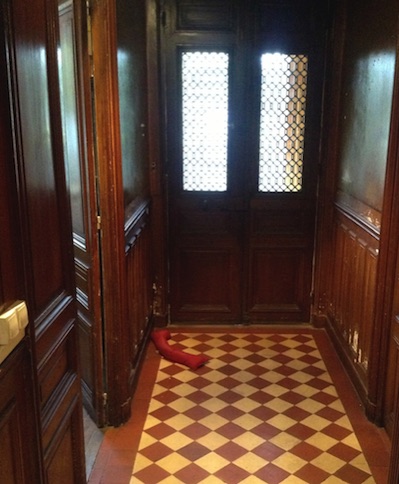
However, a closer inspection gave an inkling of a few problems that we were to see more clearly when we personally inspected the house in November. What looked like wooden dado panelling from a distance, turned out to be painted "wooden" walls, which in some areas had begun to peel significantly. In addition, in their attempts to modernise the house for the aged mother to move down to the ground floor, some shortcuts were made with plastic conduits for electricity wiring and "modern" light fixtures. It was clear that these three things would need to be fixed if we were to give the ground floor a more professional appearance which still retained the old-world charm.
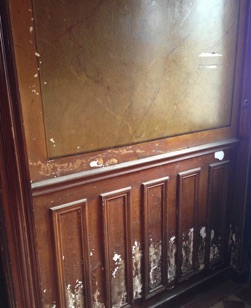
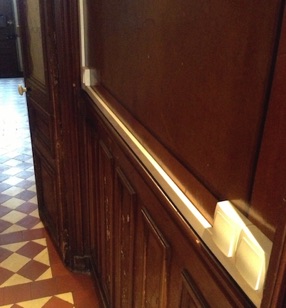
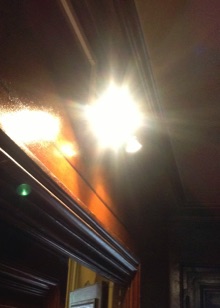
The photos originally sent by Kaz and Iain after their initial inspection gave a very good impression of the ground floor rooms. The living room appeared spacious and well furnished, with timber dado walls and timber cornices (which once again turned out to be "painted wood"). At the front of the living was a pleasant dining area. Despite the problems we were to discover later, the first impression was fabulous and was very instrumental in convincing us to proceed further.
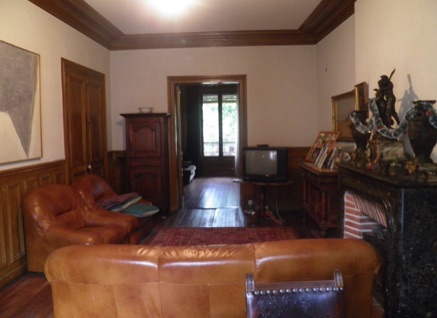
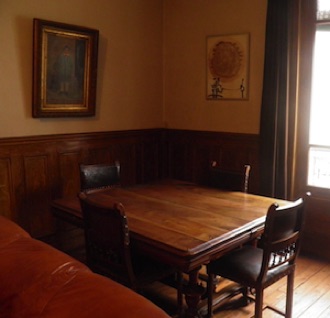
The sitting room that flowed on from the living room was also impressive. The gilt mirrors, chandelier and the piano gave quite an opulent feel to this room.
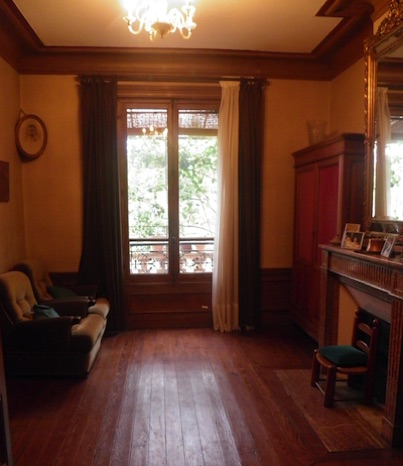
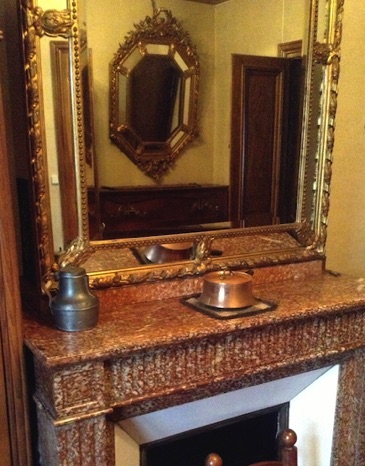
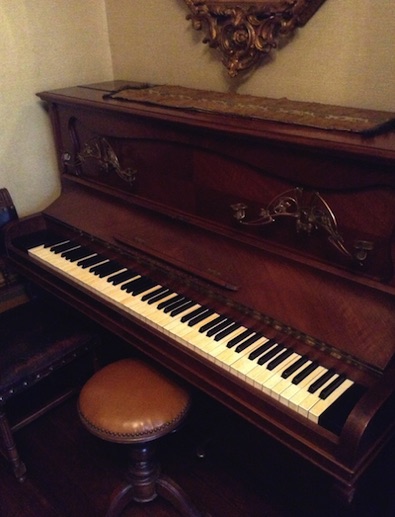
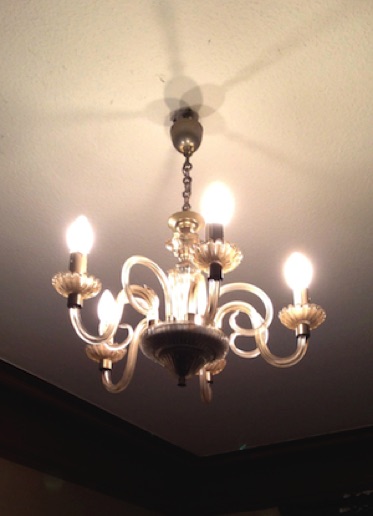
Unfortunately, the other rooms on the ground floor did not quite carry on this feeling of opulence and old-world charm. The room across the rear hall from the sitting room had obviously been "modernised" and converted into a bedroom for the aged mother in recent years. The quality of this renovation was not quite up to scratch! While it contained a very nice wooden corner cupboard, the rest of the renovation was very cheap, with plastic conduit, poor dado timbering, unattractive wallpaper plus a floor that had a decided "bounce" to it. Clearly, this room was in need of a thorough makeover to try to retrieve some of its prior grace. The marble fireplace gave hope that such a restoration was possible.
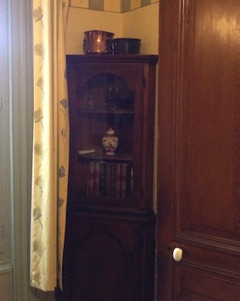
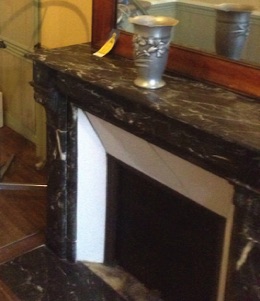
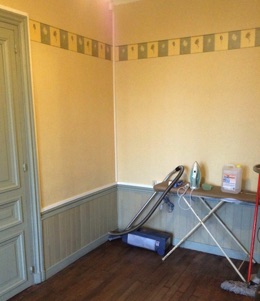
The kitchen was another victim of modernisation, probably in the fifties, although this was more understandable given the changes in kitchen equipment over the years. Nearly everything in the room was in pale green matching Formica furniture - it reminded me of my childhood days in the western suburbs of Sydney. But nostalgia was not enough to save this room - it too would need a total makeover to deliver a workable kitchen, especially if our plans for holding cooking classes were to be realised. In years to come, someone will probably criticise the new modern style of the kitchen, but that is a risk you accept when renovating kitchens. We will do our best.
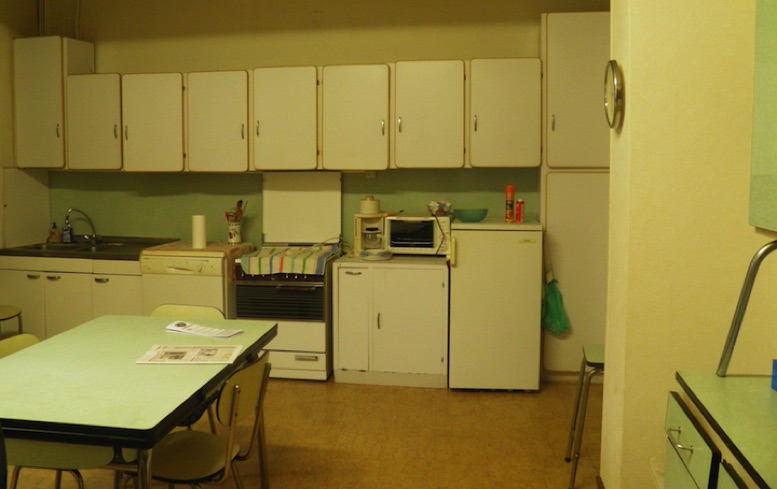
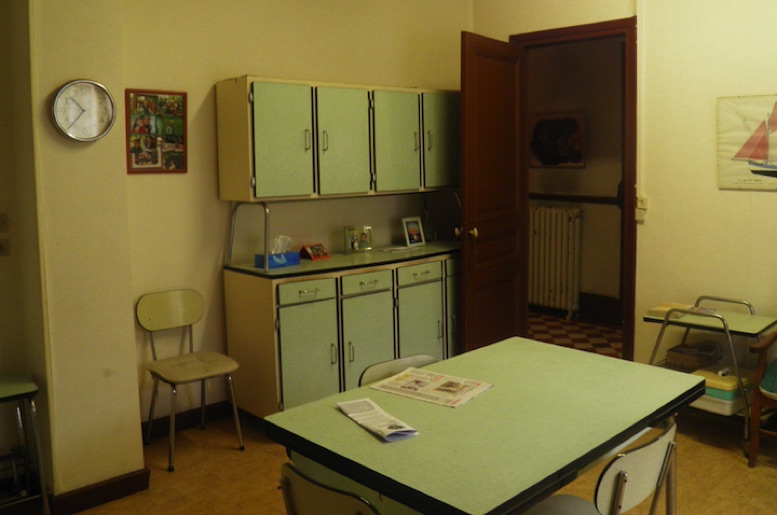
Out the side of the kitchen, two rooms ran along the eastern wall of the house; a laundry and a storeroom. The laundry was initially very confusing, and I really didn't appreciate the layout until our personal inspection in November which showed that it was located on the lower portion of a lightwell, behind the stairwell and toilets, which stretched upwards to the roof. This laundry included a shower that had been installed on the ground floor for the aged mother. Looking from the top of the lightwell, one could see the temporary roof of corrugated perspex and asbestos sheets that cover the laundry on the ground floor. One could also see the years of accumulated pigeon poop that had been deposited on the roof from the open lightwell above. Behind the laundry was a storeroom which connected to the verandah at the rear of the house. While the storeroom was not fancy, it did its job as a receptacle for tools, garden tools and so forth.
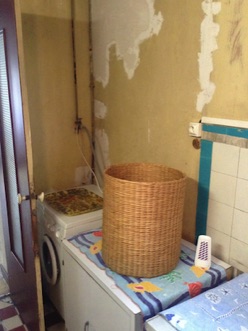
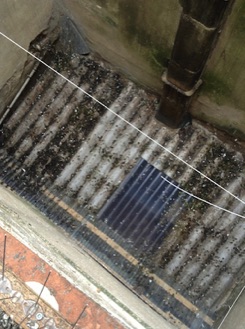
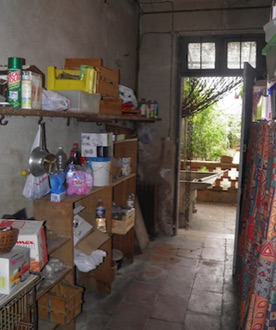
I have kept one of my favourite parts of the ground floor, indeed the entire house, for last. The stairwell was magnificent. It was structurally very sound, and had a fantastic visual appeal as it wound from floor to floor. Even the ornate wallpaper was OK, although I suspect I might have been alone in that judgement.
